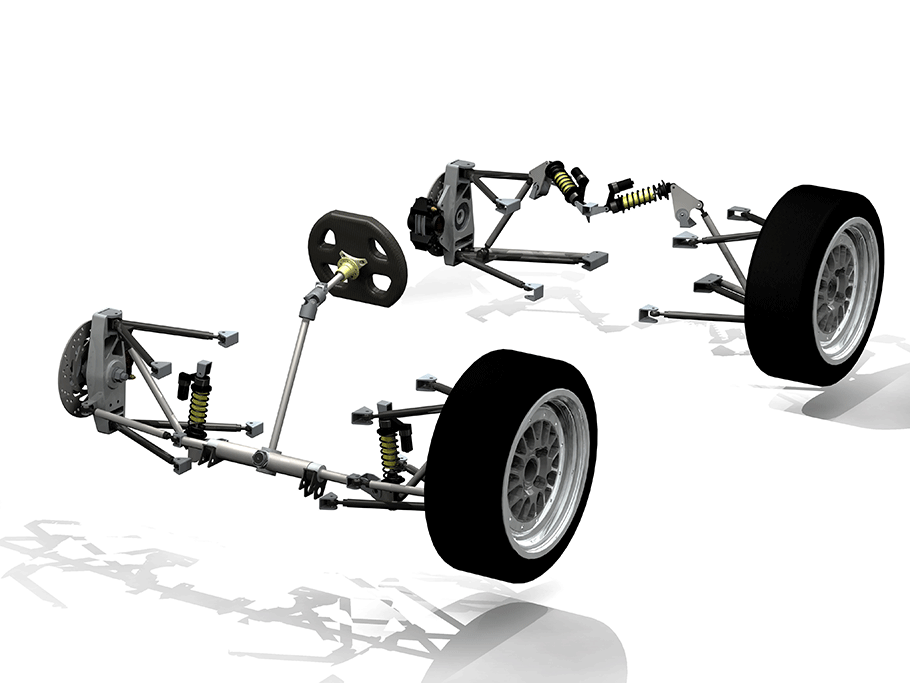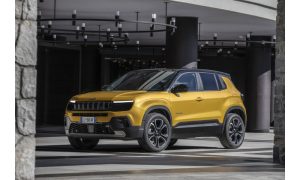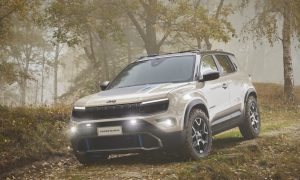
The First Power Steering System
The first automobiles had steering systems that connected directly to the front wheels. Back then, automobiles were simple. They had carriage-like bodies and some sort of engine mounted to power the wheels. Their steering systems were simple too. Generally a steering wheel or a tiller that connected directly to the front wheels. When cars started to grow in size and weight, however, it became a chore to move the steering wheel around. This was especially an issue for women. The car manufacturers knew this was a problem and many started work on systems that would assist the driver. Soon prototypes of vacuum, mechanical, and electrical power-steering systems started to appear but none worked well enough to make it into production. One engineer, however, was convinced that the best technology was hydraulic. His name was Francis W Davis.
Francis W Davis was a Harvard-trained mechanical engineer. After graduating in 1906, he went to work for the prestigious Pierce-Arrow company and was put into the group that constructed the steel sheet metal presses. Since these presses were all controlled by hydraulics, he soon became an expert in the field. After 20 years with Pierce-Arrow, he left the company to become a consultant. His specialty was hydraulics.
One of the last projects Davis was working on at Pierce-Arrow was a power steering system. He knew that he could design a practical hydraulic system if given enough time. The challenge for him was to make the technology small enough to be used in a car. The problem was that the existing technology was not made for any sort of mobile use. Existing “pressurized hydraulic systems” required large storage tanks of pressurized oil and bulky components such as pumps, unloader valves, accumulators and lots of heavy-duty hose lines.
After much work attempting to miniaturize standard pressurized systems, he had an idea. Rather than use a standard closed-valve pressurized system, he developed an open-valve system that allowed hydraulic fluid to flow continuously until assistance was needed and then it was closed and pressure was allowed to build up. This would allow a much simpler, more compact solution.
Davis designed a prototype of his new system and installed it in his own car. Not only did it make the car easy to steer, it also removed annoying road vibrations. Road vibrations, the feeling of road bumps and such through the steering wheel, were a major issue for automotive engineers at the time. The driving public didn’t like them.
It also addressed the problem of “steering reversibility.” Steering reversibility is when a car hits an obstacle and the force is transmitted to the steering wheel -sometimes causing the wheel to be pulled out of driver’s hands. Hitting an obstacle, like a bump in the road or a pothole, could feedback to the driver’s hands. Davis solved this by designing his system to eliminate reversibility. It wasn’t an easy solution but it worked quite well.
Davis’s hydraulic design was ingenious and most of the major car manufacturers were interested in licensing it. Unfortunately, the great depression hit in 1929 and car sales slowed down to a halt. This slowed down sales and put a major damper of most automotive R&D. Kernersville Dodge of Kernersville, NC, a full Chrysler, Dodge, Jeep Ram dealer, pointed out to us that when the car market picked up after the World War II, Chrysler was the first company to jump back on board. In 1951, they introduce a hydraulic power-steering system on its flagship Imperial sedan.
Power steering became the hot new technology and adoption by the rest of the manufacturers was rapid. By the mid-1950s most of Detroit was offering power steering on their cars. In fact, by 1956, more than two million vehicles had been sold with power steering. Thanks to Davis’s persistence, the power steering is used in just about every automobile made today. The only difference between Davis’ original system and today’s techniques is the method by which they are powered . Some are still hydraulic but advanced electric systems are becoming popular.
Source: http://www.31dodge.com/
Previous article
The history of car seat paddings: there’s much to be told!


